Tokyo isn’t just about Shibuya’s scramble crossing or the towering presence of Tokyo Tower.
Beneath the polished image lies a sprawling, often chaotic, but always creative subculture that pulses through the city’s lesser-known neighborhoods. As someone born and raised in Japan, I’ve seen areas like Shimokitazawa, Kichijoji, and Akihabara shift with time—yet each retains a distinct soul shaped by youth, art, rebellion, and authenticity.
These pockets of culture offer more than sightseeing—they offer a window into Japan’s underground life. From retro cafés and thrift shops to cosplay cafés and zine bookstores, if you’re looking for true hidden gems in Japan, here’s your local guide.
1. Shimokitazawa (下北沢): Tokyo’s Bohemian Heartbeat

Subculture Roots & Vibes
Since the 1970s, Shimokitazawa has been Tokyo’s spiritual home of indie culture. Just minutes from Shibuya or Shinjuku, its narrow alleyways host vintage clothing shops, underground music venues, and artsy cafés. Once a farming village, it became a refuge for musicians, playwrights, and coffee-loving creatives seeking something different from the city’s glossy center.
What to Do
- Vintage Shopping: Discover rare fashion finds in second-hand stores tucked between alleys.
- Café Culture: Enjoy pour-over coffee and indie zines in cozy, creative cafés.
- Live Houses & Indie Theater: See raw, intimate performances by rising musicians or fringe actors.
- Nightlife: Head to B&B bookstore bar or visit one of the open-air night markets around the station.
Local Insight
The best time to visit is late afternoon into the evening, when the lights dim and the subculture energy truly comes alive. Don’t miss seasonal events like Moon Art Night or the Shimokitazawa Curry Festival.
2. Kichijoji (吉祥寺): Subculture Meets Nature
The Hybrid Appeal
Kichijoji is where calm meets creativity. Its residential charm blends with a history of post-war student activism, underground art movements, and vibrant café life. Manga artists and indie musicians still call this area home.
What to Do
- Inokashira Park: Beyond its swan boats and cherry blossoms, the park’s edges host street performers and art stalls.
- Art Spaces: Explore tiny galleries or catch a performance at Kichijoji Theater.
- Quirky Shops: From hand-bound notebooks to retro toys, the shopping streets brim with curiosity.
Local Insight
Avoid the weekend crowds—weekdays allow for a quieter, more intimate experience. For food, look for hidden yakitori joints and nostalgic curry houses in the backstreets.
3. Akihabara (秋葉原): The Otaku Capital Evolves

From Electronics to Fandom Culture
Once the go-to place for affordable radios and computer parts, Akihabara transformed into a global capital for anime, gaming, and niche pop culture. While the streets buzz with cosplayers and collectors, the deeper charm lies in its diversity—from retro arcades to voice-actor events and co-working otaku hubs.
What to Do
- Akiba Culture Zone: Multi-floor complex packed with anime, figures, and cosplay gear.
- Gachapon Paradise: Capsule toy arcades filled with surprisingly specific and collectible surprises.
- Concept Cafés: Maid cafés, train-themed lounges, and beyond—each a gateway to Japan’s layered fandom culture.
Local Insight
Akihabara is best explored slowly. Look beyond the surface shops—many treasures are hidden on upper floors or underground. Weekdays are calmer and allow you to browse more freely.
4. Nakano (中野): Retro, Rare, and Deeply Otaku

Cult Classics and Collector’s Dreams
Nakano is often overshadowed by Akihabara, but true collectors know this is where the rarest finds live. Nakano Broadway, a shopping complex near Nakano Station, is the mecca for old-school manga, vintage toys, idol memorabilia, and subculture treasures from every era.
What to Do
- Nakano Broadway: A rabbit hole of shops ranging from retro video games and rare doujinshi to vintage horror film posters.
- Otaku Curiosities: Find underground idol merchandise, 90s anime vinyls, and obscure figurines.
- Hidden Cafés and Bars: Escape the bustle with a drink in a manga-themed bar or an offbeat art café.
Local Insight
Compared to Akihabara, Nakano feels more local, a little rougher around the edges, and a lot more nostalgic. If you’re looking for forgotten fandoms or things you thought were lost to time, Nakano probably has it.
5. Koenji (高円寺): Tokyo’s Punk & Thrift Capital

Raw, Gritty, and Proudly Indie
Koenji is where punk never died. Just 10 minutes from Shinjuku, this neighborhood is famous for its live music scene, anti-establishment energy, and maze-like shopping streets packed with vintage fashion and DIY zines. It’s Tokyo’s answer to Camden Town or Kreuzberg.
What to Do & See
- Live Houses: Check out Club ROOTS! or Koenji High for punk, indie, and noise gigs
- Thrift Trails: Walk the Pal Shopping Street and Look Street, where each store is its own time capsule
- Zine & Record Culture: Visit Enban (円盤), a hybrid café, record shop, and underground label
- Street Festivals: Awa Odori in August features traditional dance with a rebellious, urban twist
Local Tips
- Come late in the afternoon and stay into the night—Koenji’s bars and music venues come alive after dark
- Keep an eye out for flea markets—locals often sell handmade or rare vintage goods
6. Sangenjaya (三軒茶屋): Retro Underground & Art Scene

The “Deep Setagaya” Vibe
Often overlooked in guidebooks, Sangenjaya (just 5 mins from Shibuya on the Den-en-toshi Line) is a quietly cool neighborhood known for its retro bars, hidden izakaya, underground galleries, and artist-run spaces. It’s popular among filmmakers, writers, and Tokyo creatives looking for an escape from the mainstream.
What to Do & See
- Sankaku Chitai: A gritty triangle of alleys packed with old-school izakaya and Showa-era drinking dens
- Snarky Cafés & Micro Theaters: Try Theatre Theatre or 3331 Arts Chiyoda satellite shows
- Underground Art Bars: Bar Ishii or Go Slow are havens for local artists and experimental culture
Local Tips
- Start your night around 7 PM for a real “drift into the past” experience through Showa-era alleyways
- Great for photography lovers: the analog textures and lighting are cinematic
7. Daikanyama (代官山): Subculture Meets Urban Chic
.jpeg)
The Polished Edge of Creative Tokyo
Daikanyama may seem upscale, but beneath its boutique exterior lies a subculture of independent publishers, experimental fashion designers, and craft cafés. It’s where creative professionals work quietly behind minimalist storefronts.
What to Do & See
- T-Site Daikanyama (Tsutaya Books): A stunning bookstore that fuses literature, design, music, and culture
- Concept Stores: Places like Okura (folk-Japanese denim), and Maison Kitsuné (music-fashion café blend)
- Stylish Hideouts: Commune with design minds at Kyu Yamate Dori cafés or minimal wine bars
Local Tips
- Visit early morning for café hopping, or golden hour to enjoy quiet walks through ivy-covered streets
- Even the convenience stores here are stylish—grab unique craft beer and sit under the trees
✨ Updated Neighborhood List
| Area | Vibe | Best For |
|---|---|---|
| Shimokitazawa | Indie, music, thrift | Vintage lovers, live music fans |
| Kichijoji | Artistic + natural | Park explorers, indie art crowd |
| Akihabara | Otaku, tech, cosplay | Anime, games, collector’s paradise |
| Nakano | Retro anime + manga | Manga collectors, niche fans |
| Koenji | Punk, DIY, vinyl | Live shows, punk fashion |
| Sangenjaya | Retro & writerly | Hidden bars, Tokyo nostalgia |
| Daikanyama | Minimalist & literary | Creative professionals, design lovers |
Let me know if you’d like to turn this into a full article format (including updated subculture travel tips, maps, or affiliate product links), or continue expanding with spots like Jiyugaoka, Asagaya, or even Ura-Harajuku for youth fashion movements.
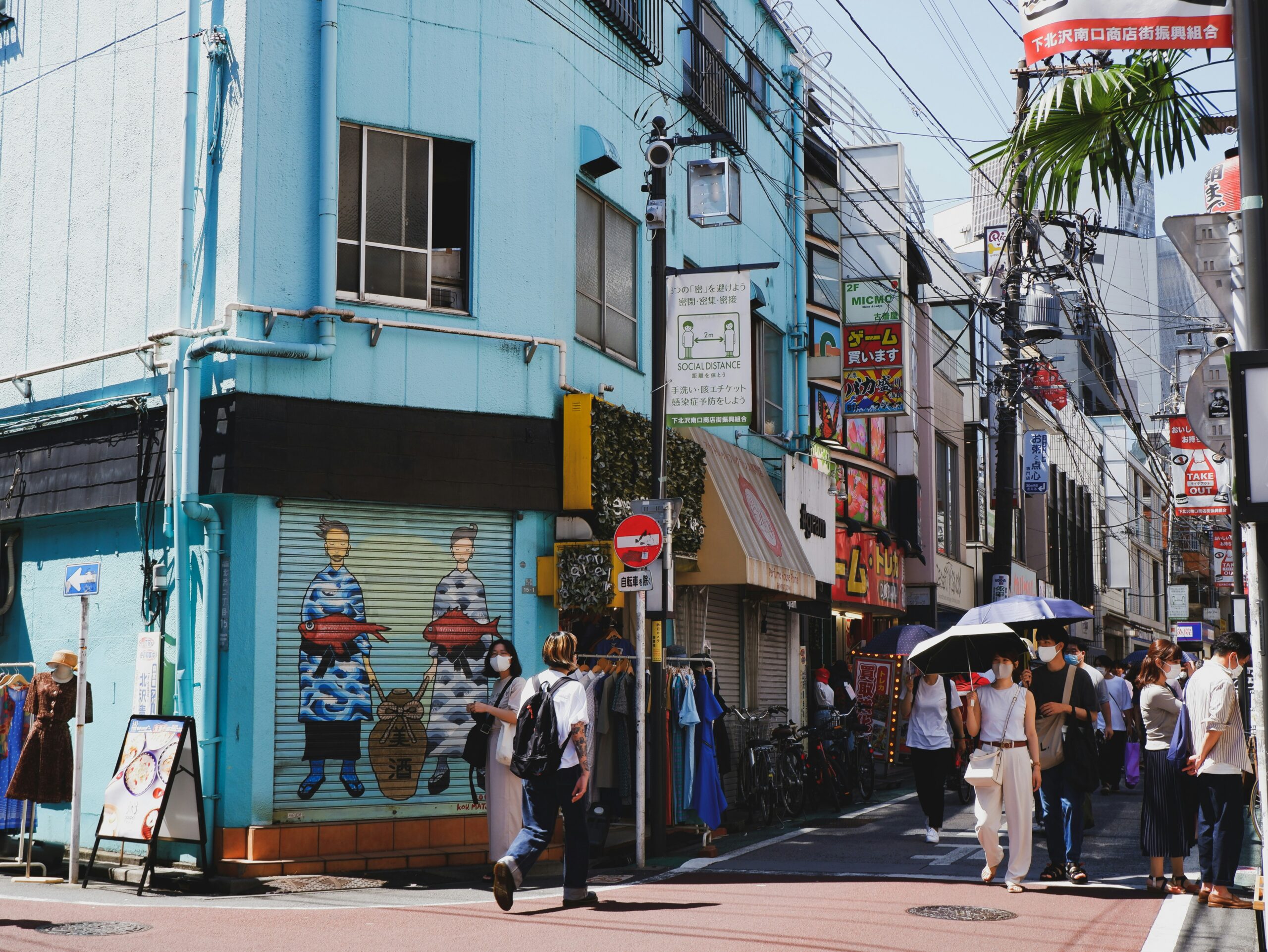
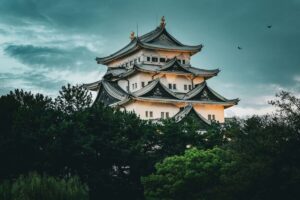
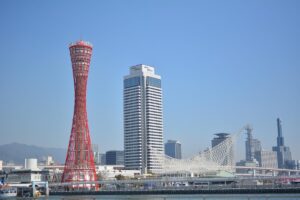
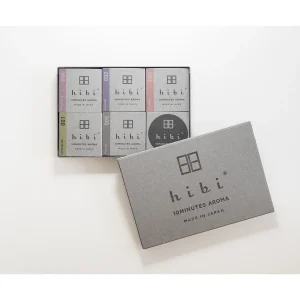

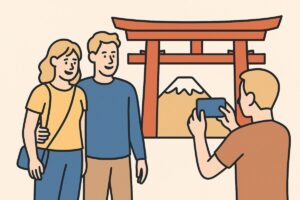

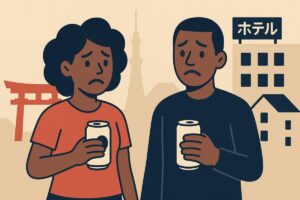

Comments